During the original covid lockdown in March-April of 2020, you may recall that I mentioned an activity known as noc migging. Essentially, it’s birding at night with a microphone and a sound recording device. You record the sounds of birds passing overhead, many birds migrate at night, and then process the recording to pluck out the sounds of our feathered friends for identification. Oh, by the way, here’s my garden birding tick list.
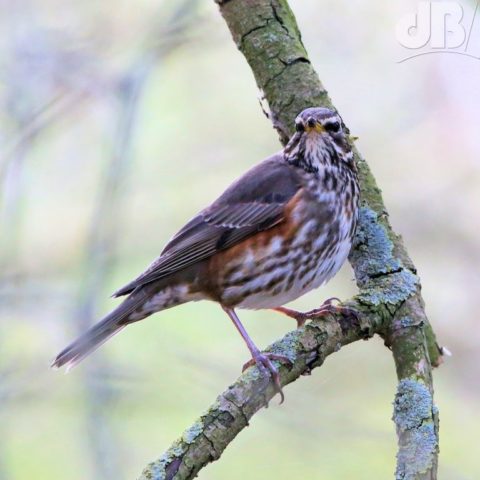
You can do the ID by ear or you can use software that analyses the sonogram and selects out the bird calls from the background noise of foxes and deer, motorbikes, cars, and other sounds of the night, and then passes it to ID software. Cornell University’s widely available birding app, Merlin, is a very useful introduction to NocMig and Audio Birding, in general.
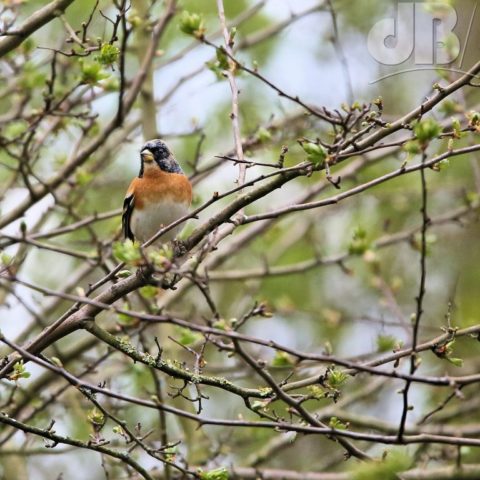
Of course, there’s an app that can do the recording and the ID all-in-one, and has been for some time: the Merlin app from, Cornell University. Commonly, it’s used by birders and others when they hear a tweet or a chirp when they’re out and about to give them an ID for a sight unseen. The app records and analyses the avian sounds and gives you an ID for the species you’re hearing, usually within a split second. Actually, all that said, you can feed the app bird photos too, for a visual ID.
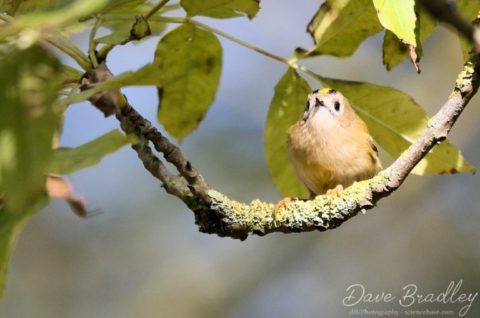
I’ve used Merlin sporadically for that purpose for quite some time. But, hearing lots of bird activity in the garden a few days ago I set my phone up with the app running, to hear what was around, even though I could ID most of them, hahah!
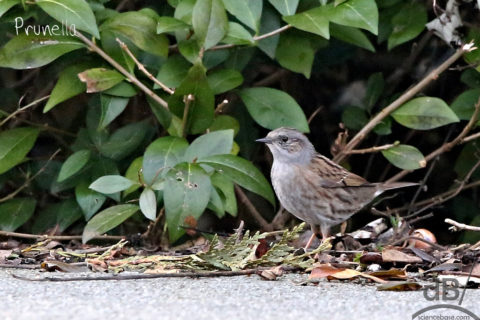
I wasn’t surprised by the majority of the IDs that popped up as I could hear the likes of Blackbird, Robin, Starling, Chaffinch, Dunnock, Carrion Crow, Goldfinch, Wren, Great Tit, Blue Tit, Long-tailed Tit, Collared Dove, Wood Pigeon, House Sparrow, Rook, Jackdaw, Pied Wagtail, and Magpie and identify them myself.
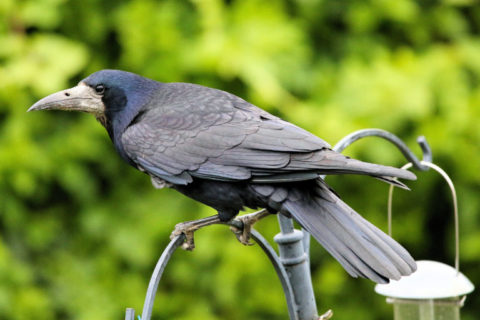
There were a few more obscure species that it identified that were a little surprising, Goldcrest, for instance. We have had that species in the garden before and I usually recognise their call but hadn’t noticed them toing and froing in our garden lately. The app also picked up a Redwing, one of the winter thrushes, which is likely to be arriving in our area at this time of year and was presumably flying overhead although I didn’t see it. There was an ID that the app labelled as uncertain – Brambling. I didn’t hear it, but it is nice to imagine that this species might be nearby. It also picked up Ringed Plover. Another I didn’t hear, but interesting to note.
Early morning of Sunday 29th October the app had red dots next to two birds it thinks it picked up – Raven and Barn Owl. Ravens are not commonly seen around here and while Barns Owls are not rare 7:30am over our house seems odd, but who knows? Spotted Flycatcher and Wood Warbler here, at the end of October? Almost certainly not.
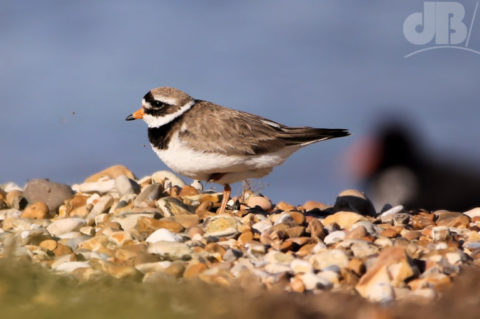
I later fired up the app on a walk close to one of our local ponds and picked up a perhaps unsurprising Reed Bunting, confirming that I had indeed heard it. After dark that day I was also able to use the app to confirm a solitary Tawny Owl calling from a tree in a neighbour’s garden. Mrs Sciencebase recorded Greenfinch and Bullfinch as well as some others mentioned above on her expedition with friends. We’ve also now had Grey Wagtail over the house.
The app is yet to suggest an ID for anything that would be very unlikely around here. So, I’m taking it on trust that it’s giving me accurate data. The common birds above are definitely seen and heard in this area. The likes of Redwing and Brambling too. We’ve had Redwing in our garden in past winters, although not yet Brambling, just yet…
You can see my complete garden tick list for birds spotted and heard here.
UPDATE: Morning of 30th October 2023. I set up a studio condenser microphone and directed it to record from my office window. I recorded twenty minutes of sound from the mic, saved the file, and fed it to Merlin. It came back with some spurious IDs like Spotless Starling (Mediterranean bird), Verdin (a new world penduline tit), a laughingthrush (Asian/Indian species), Eastern Towhee, a New World sparrow, reported once or twice only on Shetland . But, there were a couple of species that we are likely to have locally that hadn’t been picked up when I was running Merlin with my phone’s mic on previous sessions: Fieldfare (one of our winter thrush visitors along with Redwing), Blackcap (presumably a wintering arrival from east Europe), Song Thrush (relatively common around here).
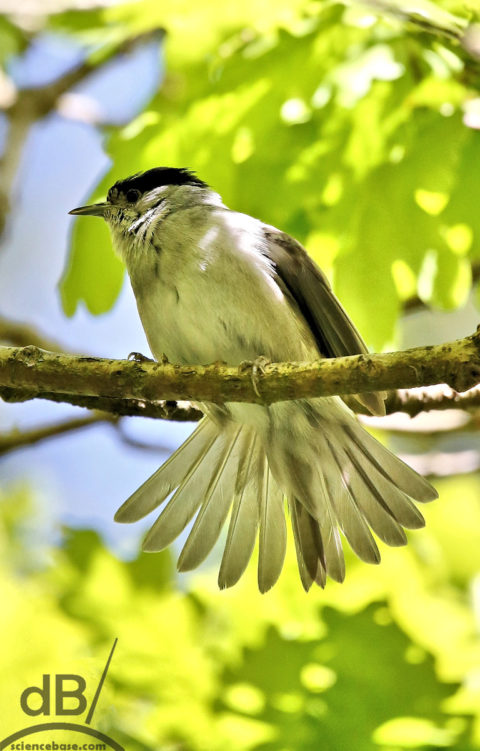
UPDATE: 30th October 2023 – RSPB Ouse Fen (Over) app and us picked up Bearded Reedling (formerly known as a Bearded Tit), which we saw a dozen of, Cetti’s Warbler (3-4x), Skylark, Meadow Pipit (half a dozen), Crossbill (possibly, we didn’t hear it though). 11th November: Common Redpoll, Siskin, very unlikely Hawfinch.
My good friend Keith W, a steel industry professional, responded to my social media post about audio birding. He reminisced about how, as a youngster, he used to set up his Pifco cassette recorder on the garage roof at home and head off to school. He would come home to find that the big cylinder batteries were completely run down in the recorder, but he’d have a tape full of bird calls and birdsong. He would then listen to the tape and compare what he heard with the recording on an LP of birdsong.